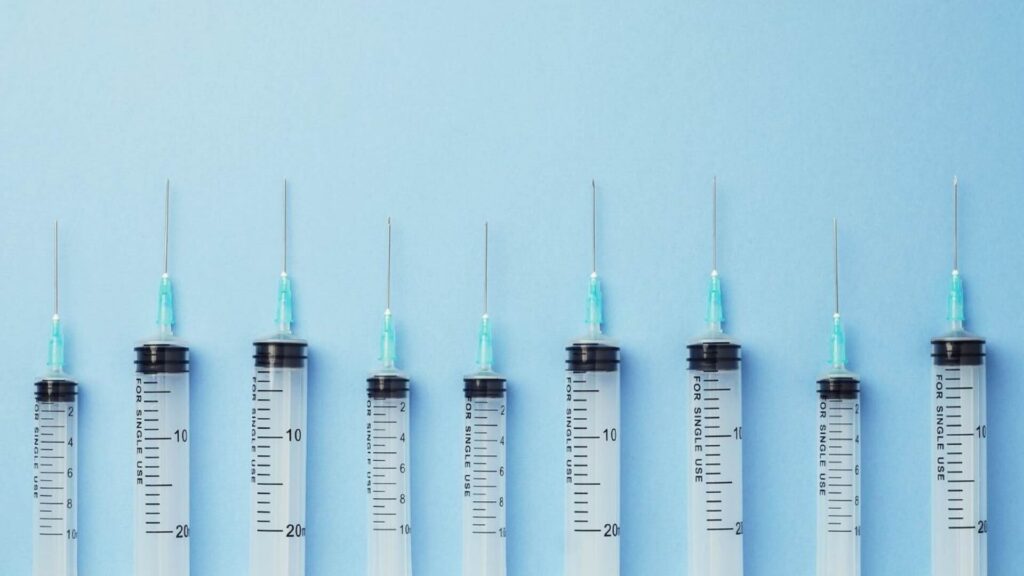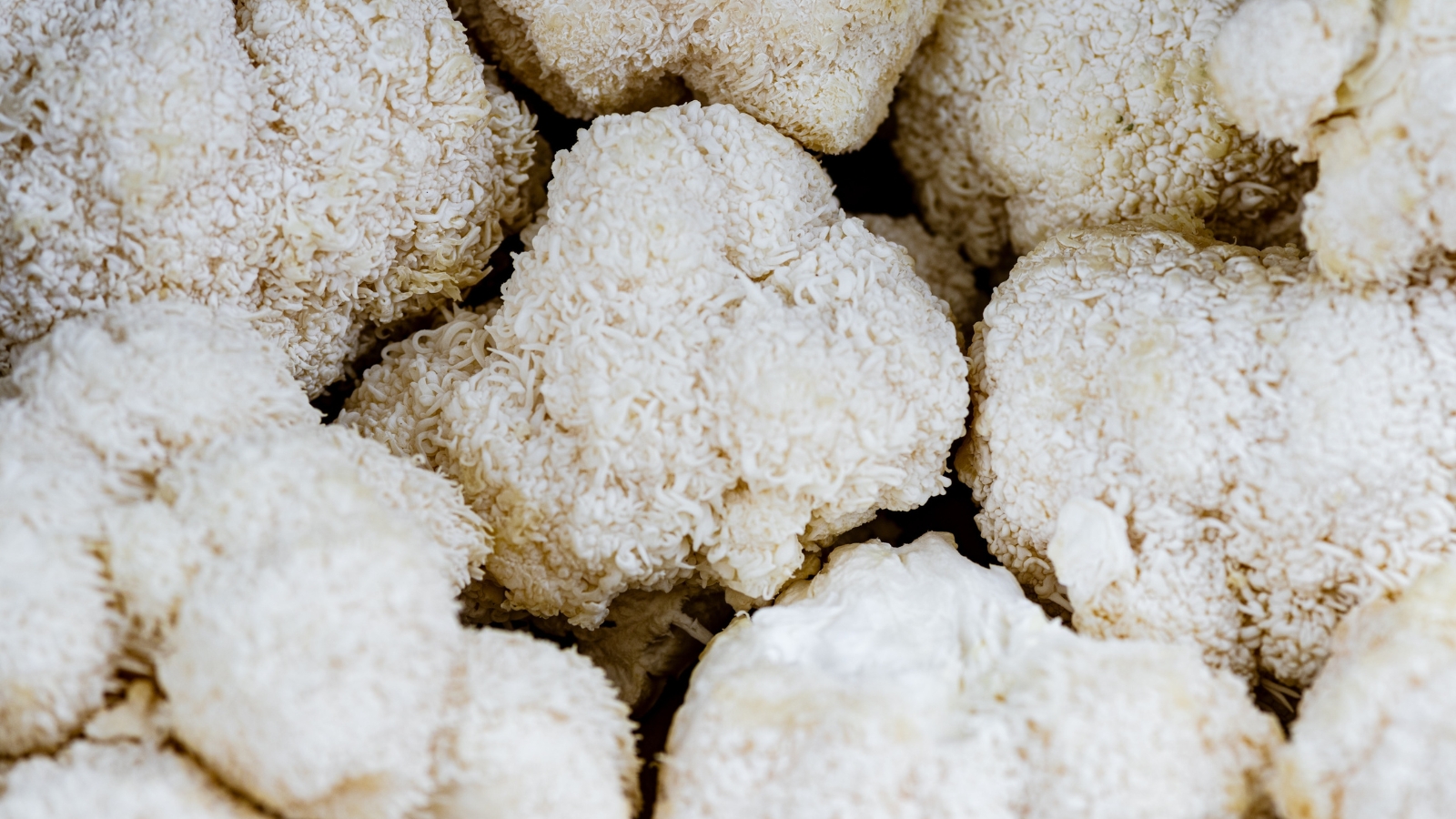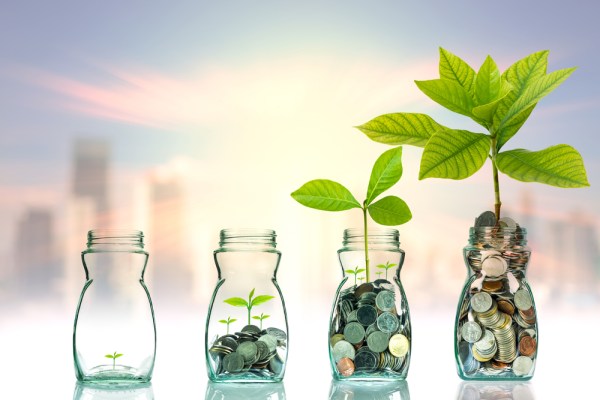Wellness
Liquid Culture vs. Spores
Growing your own mushrooms can be intimidating, especially if it’s your first time. Yet, microdosing mushrooms or using them for other health purposes…

Growing your own mushrooms can be intimidating, especially if it’s your first time. Yet, microdosing mushrooms or using them for other health purposes can support a wellness plan. As you dig into your initial research, let us guide you through some of the top recommendations for growing mushrooms at home. One of the common questions that come up is whether you should use liquid culture or spores. We’ve done the research, so you don’t have to. Keep reading to find out how to use both, which is better, and what other things you should consider before growing shrooms.
How Are Mushrooms Grown?
Mushroom growth is incredibly fascinating. They emerge from fungal spores in dark, moist environments. In nature, you’ve probably seen them popping out from under wood chips, cow dung, or sprouting out of the side of a log. If you peek into dark nooks and crannies along a forest floor, you will likely find a few fungi fruiting out of the shadows. So what is it about these locations that make mushrooms want to set up shop and start fruiting?
Mushroom Grow Mediums
Mushrooms (including psilocybin mushrooms) grow in various organic materials but have a particular affinity for decaying plant matter. We refer to the surface on which a mushroom grows as a ‘substrate.’ This term describes “the surface or material on or from which an organism lives, grows, or obtains its nourishment.”
Mushrooms don’t grow well in soil, so they need something organic to host mycelium formation. Some of the most common substrates for growing mushrooms are logs, vermiculite, coffee grounds, brown rice flour, oats, wheat grain, rye grain, wood chips, straw, coco coir, or bird seed. These substrates not only provide moisture, but they also supply the mushrooms with nutrients and energy to grow.
What Is a Mushroom’s Growth Cycle?
Mushrooms aren’t like other living things. They don’t have seeds that drop into the soil and germinate; instead, they release spores into their growing medium. These spores form underneath the caps of mushrooms, and they can travel much further than from where they were dropped.
The first part of a mushroom’s life is called spawning. This is when the fungal spores begin to form mycelium. It’s a delicate dance that is akin to the mating of the mushroom world. Each spore is a single cell. The cells are male or female, and they group together with other cells to create hyphae. Hyphae is the name for groups of similar spores. As the hyphae band together, they begin to create mycelium.
Mycelium is the web-like structure that grows underground, expanding far beneath the surface of the shroom. This step is called colonization. Mycelium is comparable to the roots of a tree. It’s the secure base rooting down the area where the mushroom will fruit.
In the next growth cycle phase, mycelium forms thick knots of hyphae. This only happens when the environment is just right, and the substrate provides enough nutrition for continued growth. If so, ‘pinheads’ will emerge on top of the substrate. This is the first visible sign of life of a new mushroom. From here, the fruiting body grows quickly, although each strain of mushroom takes a varying amount of time to fully mature.
How Do You Grow Mushrooms at Home?
It used to be much more difficult to grow shrooms at home. Where will you get spores? How do you know if the fungal growth is healthy or full of bacteria? Is the temperature and moisture at the optimum levels? But now, growing your own mushrooms is easier than ever. Invest in a mushroom grow kit, and you’ll have everything you need to start. The biggest thing you’ll need to decide on is whether you want to grow with liquid culture or spores.
What Are Mushroom Spores?
Spores are like mushroom seeds. (If mushrooms had seeds.) They live underneath the mushroom cap – called the gills – and behave like reproductive cells. Once they fall from the cap, spores must meet their perfect pair to inoculate a substrate and form mycelium. Just like seeds that fall from their parent plant, they must find the right conditions or they’ll never grow.
When using a spore syringe, you run the risk of spores never finding their match. Spore syringes may contain thousands of mushroom strains, reducing the odds that two matching mushroom spores will meet and begin their mushroom growth cycle.
What Is Mushroom Liquid Culture?
Liquid mushroom culture is a step above spores. This solution already contains mycelium that has been germinated by a spore. Since it’s already growing, there is a greater chance of a successful mushroom harvest. Liquid culture has much faster colonization times than spores and contains nutrient-dense food for spores to feed on, making it easier to germinate.
Think of this like a tomato seedling you’d buy at a garden store. It’s already rooted and has begun to grow, making it much easier for you to have a healthy tomato plant. Liquid culture contains a single strain, making it much easier for the mushroom growth cycle to begin.

Mushroom Spores vs. Liquid Culture
How do you decide between mushroom spores and liquid culture? Is there definitive proof showing which one is best? We believe so.
Which Grows Better Mushrooms?
Any experienced mycologist will tell you that liquid culture grows better mushrooms. It’s not that spores don’t produce excellent shrooms because, obviously, this is what happens effortlessly in nature. However, liquid mushroom culture is your best bet when growing at home. This is primarily because you reduce the risk that your substrate will not fully colonize. Liquid culture already contains living mycelium. It’s ready to grow. Spore syringes may never contain matching spores needed to colonize their substrate.
What Is the Price Difference?
Prices vary pretty broadly. Spore syringes range between $20-35 for a 10-12 mL syringe. Liquid culture syringes in the same size will hover around $30. You might spend a few extra bucks for liquid culture, but it will be well worth it when you have your first successful harvest with fewer learning curves.
How to Use Mushroom Spores
If you’ve already been shopping for mushroom spores for sale, you probably noticed that they almost exclusively come in a Luer-lock syringe. If you aren’t ready to use the syringe yet, keep it in the fridge to ensure the spores stay alive.
The most important thing to know about inoculation is that sterility is your number one priority. Scrub your hands like never before, sterilize everything you’ll be using, and maybe do it twice. Use isopropyl alcohol to sanitize every surface, utensil, and even the outside of the syringe itself. Don’t forget the injection port of your container. Any bacterial contamination can wreck your harvest.
Applying the spore solution is the easiest part. First, give the syringe a good shake. Then, insert the needle into the tip of the Luer-lock syringe. Remove the cap from the needle, and squirt the entire contents of the syringe into the substrate. You might grow in a jar, bag, or some other container. If you have a jar, shake it to move the spores through the container. If using a bag, squeeze the sides and move the substrate around a bit.
Now, label your container with the species of mushrooms and the date of inoculation. Now it’s time to incubate. Put your container in an undisturbed location and wait! By day five, you should begin to see mycelium.
How to Use Liquid Culture
Many of the same rules apply when using liquid mushroom culture. Sanitization is key, although contamination risk is lower with liquid culture. All of the inoculation steps remain the same, but we have yet to mention how to prepare the growing medium. For example, if you use grain, there is a multi-step process to prepare its environment. Typically, you will soak, boil, and drain the grain before putting it into a pressure cooker. There are specific temperatures and requirements before it is cool enough to inoculate.
Once it’s time to use the liquid mushroom culture, follow the steps above to sanitize the syringe, attach the needle, shake it, and apply it through the injection port. The hardest part is waiting for signs of life.
There are many additional factors to consider when starting from scratch. Balancing nutrient content and monitoring humidity and temperature can be daunting. The best way to get started growing your own mushrooms is with a kit like the SHRÜM All-In-One-Grow Bag. This easy kit comes with everything you need to grow any kind of mushroom (minus the liquid culture). The substrate is ready inside a sealed bag with an injection port, and the box makes the perfect home for your substrate once it’s been inoculated.

Lion’s Mane Mushroom: History, Benefits, and Adaptogen Properties
Explore the intriguing world of Lion’s Mane Mushroom in our comprehensive guide. Dive into its unique properties, historical significance, and myriad health…
AI can already diagnose depression better than a doctor and tell you which treatment is best
Artificial intelligence (AI) shows great promise in revolutionizing the diagnosis and treatment of depression, offering more accurate diagnoses and predicting…
Reasons You should Get this: Neptune Wellness Solutions Inc (NASDAQ:NEPT), WeTrade Group Inc. (NASDAQ:WETG)
NEPT has seen its SMA50 which is now -9.28%. In looking the SMA 200 we see that the stock has seen a -92.25%. WETG has seen its SMA50 which is …
The…













